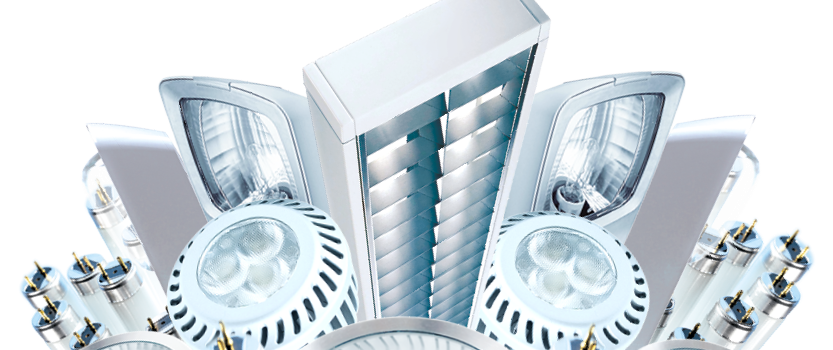Recolight publishes advice on classification of lighting equipment as B2B or B2C under the WEEE regulations.

The Government has updated its guidance on how lighting industry Producers should decide if products are classified as Household (B2C), or Non-Household (B2B). Recolight has published advice on how to comply with the changed requirements.
Previously, the approach to classification as B2B or B2C was largely based upon the route to market – broadly speaking, sales through retailers were B2C, and other channels were B2B. That has now changed. Instead, Producers in the lighting industry should now use the nature of the product as the basis for the decision. In essence, products that are designed solely for businesses should be classified as B2B. Those that are designed for consumers or for both businesses and consumers should be classified as B2C.
The BIS guidance gives specific examples to show how the approach should be applied for each of the different categories of equipment. It is for each Producer in the lighting industry to make their own assessment of their products. Guidance on lamps and luminaires inevitably diverges: lamps are more generic and interchangeable than luminaires.
Recolight recommends that luminaires currently within the scope of the WEEE regulations should be classified as B2B, but advises that the following products could be considered as ‘dual use’, and hence out of scope of the regulations until 2019:
- Downlights and spotlights of a domestic scale
- Batten fittings
- Domestic scale decorative fittings
- Corridor/bulkhead luminaires of a domestic scale
- Any luminaires currently considered as B2C
All emergency luminaires should be classified as B2B.
Recolight recommends that all lamps (both traditional and LED) are classified as B2C except the following:
- Lamps for use in stadium lighting
- Xenon and LED cinema projector lamps
- Any similar lamps designed specifically and solely for industrial applications
All incandescent lamps remain out of scope of the WEEE regulations.
The BIS guidance covers all products declared from 1 January 2015.
The Government has confirmed that classifying dual use products as household for the purposes of the WEEE regulations does not mean that those products necessarily need to comply with the energy labelling regulations. The scope and applicability of the energy labelling regulations is not influenced by classification decisions under the WEEE regulations.

